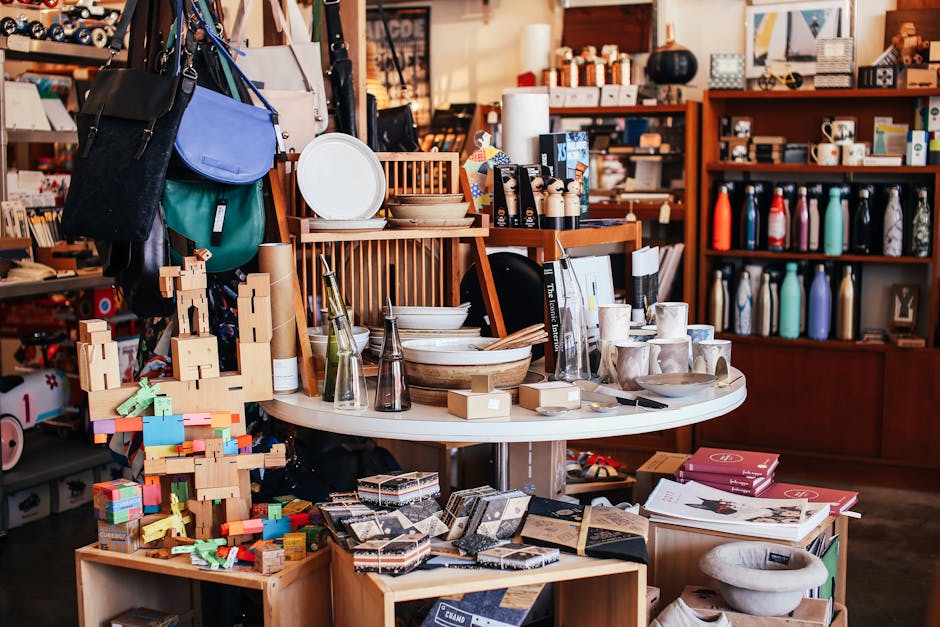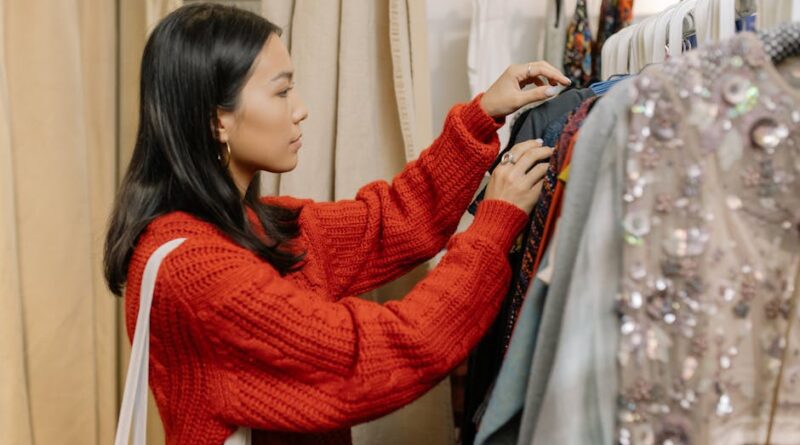Exploring Consumer-Driven Style Trends: A Comprehensive Guide
Welcome to the ever-evolving world of consumer-driven style trends, where fashion meets individual expression and market demands. In today’s fast-paced digital age, consumers are no longer passive recipients of trends dictated by designers and fashion houses. Instead, they are actively shaping the fashion landscape, influencing everything from runway collections to street style. The rise of social media, e-commerce, and influencer culture has democratized fashion, giving consumers unprecedented power to drive and define trends.
But what exactly are consumer-driven style trends, and how do they impact the fashion industry? In this detailed guide, we will delve deep into the nuances of consumer-driven style trends, exploring their origins, evolution, and significance in today’s fashion world. From the role of social media influencers to the rise of sustainable fashion, we will uncover the forces shaping the way we dress and express ourselves. So, sit back, relax, and let’s embark on a journey through the fascinating realm of consumer-driven style trends.
The Evolution of Consumer-Driven Style Trends

Consumer-driven style trends have a rich and complex history that dates back to the early days of mass production and globalization. In the 20th century, fashion was largely dictated by designers, fashion editors, and celebrities, whose choices trickled down to the masses through magazines and runways. However, with the advent of the internet and social media, the power dynamics shifted, giving rise to a new era of consumer empowerment.
Today, consumers have the world at their fingertips, with access to an endless stream of fashion inspiration, information, and products online. Platforms like Instagram, Pinterest, and TikTok have become virtual fashion hubs, where anyone can showcase their personal style, follow trends, and discover new brands. This democratization of fashion has blurred the lines between traditional fashion capitals and local communities, creating a global melting pot of styles and influences.
One of the key drivers of consumer-driven style trends is the rise of influencer culture. Social media influencers, bloggers, and YouTubers have become powerful tastemakers, able to sway consumer preferences and drive sales through their curated content. By sharing their outfits, shopping hauls, and style tips with millions of followers, influencers have redefined the concept of celebrity endorsements and reshaped the fashion industry.
The Influence of Social Media on Style Trends

Social media plays a pivotal role in shaping consumer-driven style trends, acting as a virtual fashion runway where trends are born, spread, and evolve. Platforms like Instagram and TikTok have become breeding grounds for viral fashion moments, with trends spreading like wildfire across feeds and explore pages. From #OOTD (Outfit of the Day) posts to #TrendAlert videos, social media has revolutionized the way we discover, consume, and participate in fashion.
One of the defining characteristics of social media-driven style trends is their inclusivity and diversity. Unlike traditional fashion media, which often promotes a narrow and homogeneous ideal of beauty, social media celebrates individuality and authenticity. Users of all shapes, sizes, and backgrounds can find representation and inspiration on platforms like Instagram, where real people share real stories and real style.
Moreover, social media has democratized fashion criticism and feedback, giving consumers a direct line of communication with brands and designers. Through comments, likes, and direct messages, consumers can voice their opinions, express their preferences, and even co-create products with their favorite brands. This real-time feedback loop has forced brands to become more responsive, transparent, and inclusive, leading to a more customer-centric approach to fashion.
The Shift Towards Sustainable and Ethical Fashion

Another key aspect of consumer-driven style trends is the growing demand for sustainable and ethical fashion. As consumers become more conscious of the environmental and social impact of their clothing choices, they are seeking out brands that prioritize sustainability, transparency, and ethical practices. From eco-friendly materials to fair labor practices, consumers are driving a shift towards a more responsible and equitable fashion industry.
One of the driving forces behind the rise of sustainable fashion is the increasing awareness of the fashion industry’s environmental footprint. The production, transportation, and disposal of clothing have significant environmental consequences, from water pollution to greenhouse gas emissions. By choosing to support sustainable brands and practices, consumers can reduce their carbon footprint and support a more circular and regenerative fashion system.
Moreover, ethical considerations are also playing a major role in shaping consumer-driven style trends. As consumers become more informed about the labor conditions and supply chain practices of fashion brands, they are demanding greater transparency and accountability. Brands that engage in exploitative labor practices or use harmful chemicals are facing backlash from consumers who value social responsibility and ethical integrity.
The Future of Consumer-Driven Style Trends

Looking ahead, the future of consumer-driven style trends is filled with exciting possibilities and challenges. As technology continues to advance and consumer behaviors evolve, the fashion industry will need to adapt and innovate to meet the changing demands of consumers. From personalized shopping experiences to virtual fashion shows, the digital revolution is reshaping the way we discover, shop, and engage with fashion.
One of the emerging trends in consumer-driven style is the rise of customization and personalization. As consumers seek out unique and individualized fashion experiences, brands are responding by offering customizable products, made-to-order services, and personalized recommendations. By harnessing the power of data analytics and artificial intelligence, brands can create tailor-made solutions that cater to the diverse needs and preferences of consumers.
Moreover, the convergence of fashion and technology is giving rise to new forms of expression and communication. Virtual fashion, digital avatars, and augmented reality are blurring the boundaries between the physical and virtual worlds, creating immersive and interactive experiences for consumers. As virtual influencers and digital fashion platforms gain popularity, the definition of style and beauty is being redefined in the digital age.
Expert Opinions on Consumer-Driven Style Trends
To gain further insights into the world of consumer-driven style trends, we reached out to industry experts for their thoughts and opinions on the subject. According to renowned fashion psychologist Dr. Jane Smith, “Consumer-driven style trends are a reflection of our collective desires, aspirations, and fears. By studying the trends that capture the public’s imagination, we can gain valuable insights into the cultural and psychological dynamics shaping our society.”
Similarly, fashion sustainability advocate and influencer Sarah Thompson believes that “Consumers have the power to create positive change in the fashion industry by supporting brands that align with their values and beliefs. By choosing to invest in sustainable and ethical fashion, consumers can drive a more equitable and sustainable future for all.”
In Conclusion
To wrap things up, consumer-driven style trends are a powerful force shaping the fashion industry and influencing the way we dress, shop, and express ourselves. From the democratization of fashion through social media to the rise of sustainable and ethical practices, consumers are driving a paradigm shift in the way we perceive and consume fashion. As we navigate the complexities of a rapidly changing world, it is essential to recognize the impact of our choices and support brands that align with our values and beliefs.
Long story short, consumer-driven style trends are not just about following the latest fads or trends, but about making informed and conscious choices that reflect our individuality and values. By embracing diversity, inclusivity, and sustainability in our fashion choices, we can create a more equitable and responsible fashion industry that benefits both people and the planet. So, the next time you shop for clothing or accessories, remember that your choices have the power to shape the future of fashion. Choose wisely, dress boldly, and be the change you wish to see in the world.




